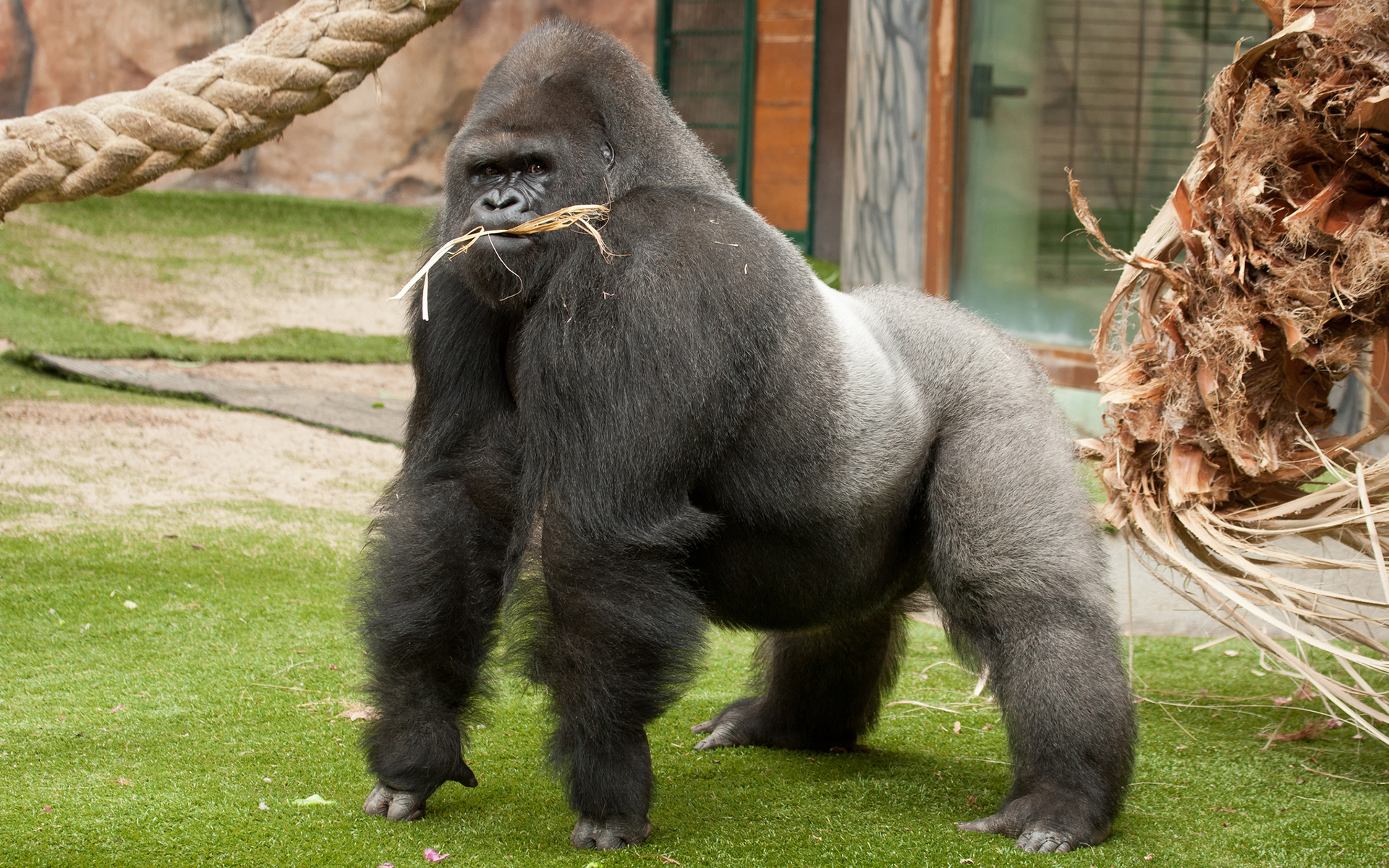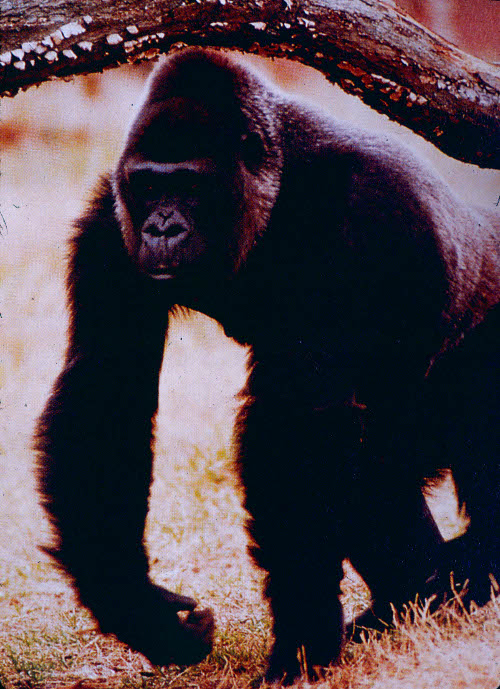


#APE VS GORILLA HOW TO#
How to Avoid Altitude Sickness While Climbing Mount Kilimanjaro.10 Tanzania National Parks You Would Love.12 Tips for Planning an Africa Family Vacation.What to Know Before Bringing Your Kids on Safari.7 Things to Consider When Planning African Safari.What is the best time to climb Kilimanjaro.What is the Best Route for Climbing Mount Kilimanjaro?.3 Best Itineraries to travel in Tanzania (With Best Prices).How Many Days Should You Spend on a Safari in East Africa?.How Much Does It Cost To Climb Kilimanjaro.13 Days Mountain Gorilla, The Big 5 And Great Migration Safari.10 Days Gorilla and Big 5 Safari, Uganda, Rwanda & Tanzania.10 Days Best of Kenya and Tanzania safari.6 Days Mount Kilimanjaro Adventures – Machame Route.7 Days Mount Kilimanjaro Adventures – Machame Route.11 Days Best Of Tanzania and Zanzibar High End Safari.10 Days Tanzania Golf & Wildlife Safari.10 Days Serengeti Great Migration Mara River.14 Days Tanzania Cultural Safari & Zanzibar.14 Days Great Migration & Zanzibar Beach holiday.Healthy forests equate to healthy people and societies and that must be sufficient justification for ensuring we do not end up living on a planet without apes. Great apes are charismatic “umbrella species” - protecting them protects a wide range of other wild fauna and flora. Resources we use on a daily basis are extracted from their natural habitat through logging, mining and the establishment of large-scale agricultural plantations, so this is really a global issue which requires a global response. Sadly, and to many, unknowingly we all benefit from their habitat loss. They are our closest living relatives and losing our nearest kin would be unthinkable. We all have a moral and ethical responsibility to ensure that great apes are protected long into the future. What can governments and conservationists do to protect our great apes? The orangutan reintroduction monitoring project I work on aims to reintroduce displaced and rehabilitated orangutans to create new, viable populations to help bolster conservation of the species in the wild. Wild orangutan populations have suffered huge declines and priority has to focus on conserving all remaining populations and habitats. Are you seeing similar problems in that region? You are also part of an orangutan monitoring project in Indonesia. Within this study the predictions for their future survival are extremely bleak with climate and human density set to increase, and all primary habitat lost. Cross River gorillas number as few as 250 to 300 individuals and only an estimated nine per cent are found within protected areas. I spent a decade researching the critically endangered Cross River gorillas - which straddle the Cameroon-Nigeria border - to understand their population size, distribution and ecology, and my data are incorporated into this study. Jacqueline Sunderland-Groves measuring gorilla nests. Some climate change-related range loss can be avoided if appropriate management measures are taken, together with increasing the protected area network within great ape range states based on suitable habitats for them. Most importantly, this study shows that we have time to mitigate these predictions. Potentially, and if great ape populations do shift their range in response to changing landscapes, we can expect some significant range gains, but there is no guarantee that they will. And worst-case we would see a range decline of 94 per cent, of which 61 per cent is outside of protected areas. In the best-case scenario, we can expect a range decline of 85 per cent, 50 per cent of which is outside of protected areas. This study is the first to combine climate, land-use and human population changes in an ensemble forecasting approach to predict specific distributions of African apes by 2050.

All animals reliant on those habitats will have to shift their range or face local extinction. Lowland vegetation will extend upwards to nearby mountains. Unfortunately, the majority of their range occurs outside of recognized protected areas and as land-use, climate and human population density increase, great apes will lose huge areas of their habitat.įor example, climate change will result in some lowland habitats becoming warmer and drier. Across their current range, African great ape populations are distributed within 21 countries. Range is the geographic area naturally occupied by a species. Why is range critical to the existence of great apes?


 0 kommentar(er)
0 kommentar(er)
